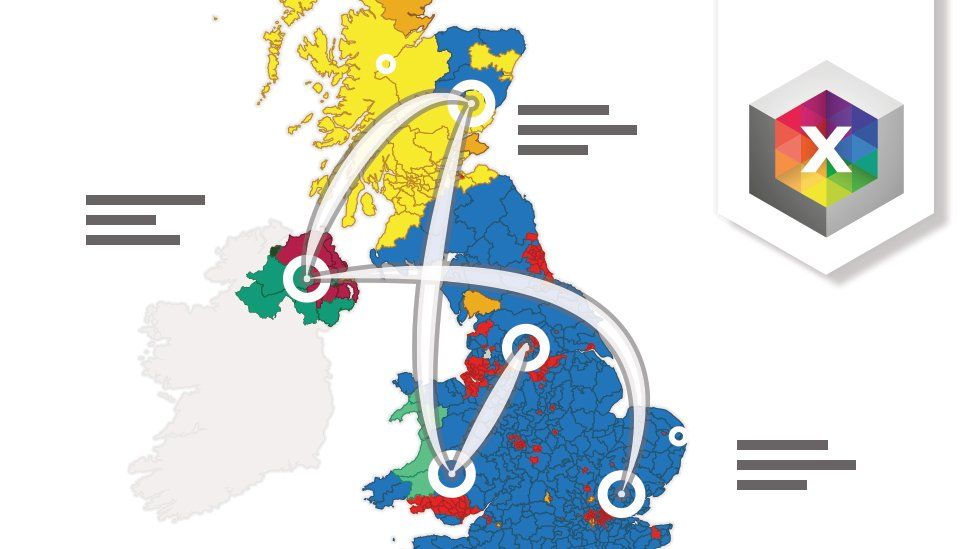13 December 2019

Scroll to take a guided tour of the UK's results to find out how Boris Johnson gained the largest Conservative majority since the 1980s, while Labour took its lowest number of seats since 1935.
To see this interactive content, tap here.
If you cannot see this interactive content, tap here.

- NATIONAL PICTURE: Results in full
- ALL YOU NEED TO KNOW: The night's key points
- MAPS AND CHARTS: The election in graphics
- BREXIT: What happens now?
- IN PICTURES: Binface, a baby and Boris Johnson

By Will Dahlgreen, Irene de la Torre Arenas and Becky Rush.
https://www.bbc.com/news/election-2019-50787480